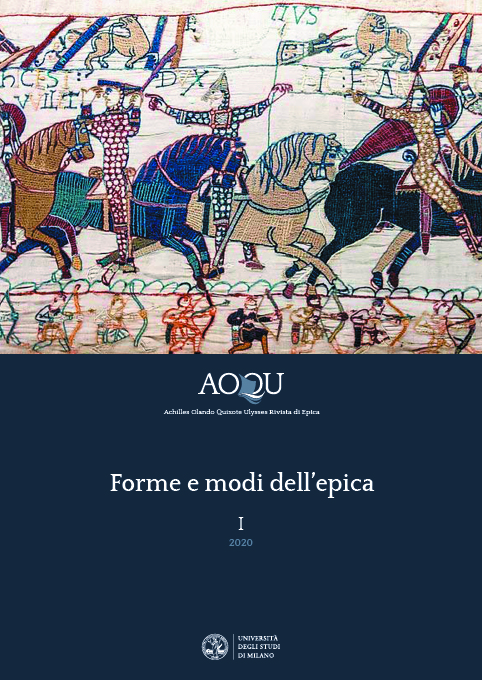Abstract
The poem, printed in Venice in 1535 by Maffeo Pasini and Francesco Bindoni, is divided into two parts, each of one hundred songs of fifty tercet each and narrates the «lotte dei paladini nel metro con cui Dante ha descritto le pene e i gaudi d’oltretomba». The choice to adopt a narrative meter of maximum diffusion, especially in the golden age of courtesan literature, encouraged a series of very concrete considerations on the development of the chivalric poem both in formal and thematic terms. The refusal of the octave appears as a resolute choice: a warning that suggests to the reader not only the originality of the work, but also its estrangement from the typical continuations of the chivalric poem. The use of terza rima becomes so decisive: it is the reflection of the poetic conscience of the author who declares to the public the choice to take auctoritates, and with them reference models, which infringe the laws of chivalric imagination. To satisfy this intention, it directs its taste towards a range of authors among which Dante (Commedia) and Brunetto (Tesoretto), Petrarca (Trionfi), Boccaccio (Amorosa visione), Fazio degli Uberti (Dittamondo) stand out of the poems of Boiardo and Ariosto to get closer to the more traditional Morgante.

